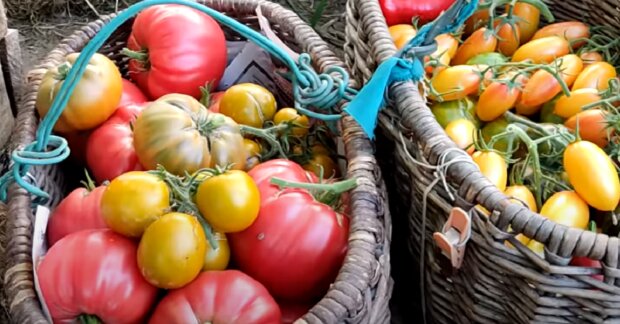This early preparation allows certain fertilizers to decompose and become available to the plants.
Mineral fertilizers:
A reliable and tested method, mineral fertilizers are easy to calculate for dosage and provide predictable results. For tomatoes, a balanced complex fertilizer is ideal, or you can use 1 tablespoon of superphosphate per planting hole. About a week before transplanting seedlings, it is recommended to water the beds with a solution of Fitosporin at a rate of 5 grams per 10 liters of water. This helps prevent diseases and contributes to a healthier harvest.
Organic fertilizers:
These are popular among gardeners who prefer natural methods. A week before planting, you can water the beds with a bird droppings infusion, prepared in a ratio of 1 part droppings to 20 parts water. Apply 0.5 liters of this solution to each hole.
You can also enrich the soil with well-rotted manure by adding 200 grams to the hole and mixing it thoroughly with the soil. Alternatively, compost can be used in the same amount (200 grams) and mixed well with the soil.

Wood ash is another versatile option that can be applied either as an infusion or directly in dry form. Just one handful mixed with the soil in the hole provides the necessary minerals.
Folk remedies:
Several folk methods can also enhance soil fertility. For instance, crushed eggshells, which are rich in calcium, can be added at a rate of 2 teaspoons per hole. Nettle leaves are an excellent source of nitrogen and other nutrients; 5-6 leaves per hole will enrich the soil.
A mixture of yeast bread, eggshells, and a handful of well-rotted manure can also be added to the soil for enhancement. Fish meal is another great fertilizer. It contains nitrogen, phosphorus, and other beneficial substances—add 2–3 tablespoons to the hole along with an equal amount of wood ash.
By combining these mineral, organic, and folk fertilizers, experienced gardeners ensure that their tomato plants receive the necessary nutrients for a bountiful and healthy harvest.